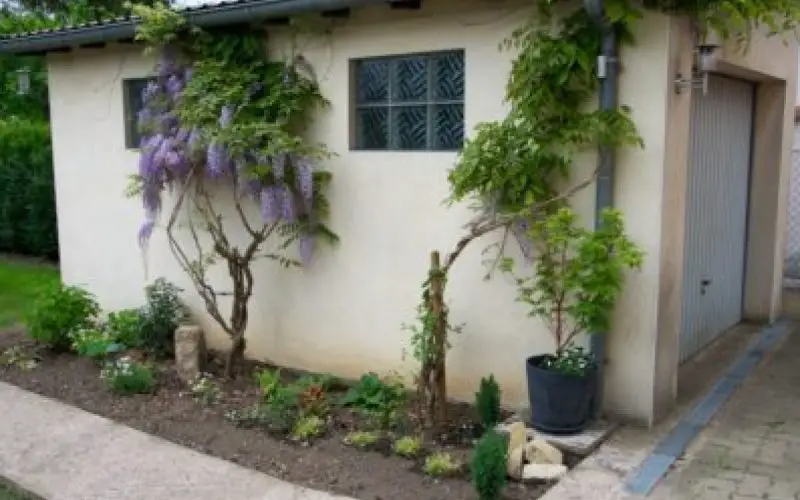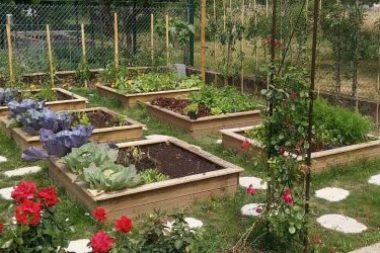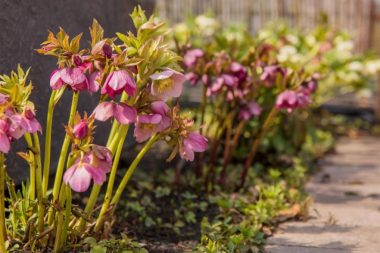Having a greenhouse in your garden is a significant advantage for overwintering your delicate plants and preparing your seedlings. However, it can freeze in the winter. Our tips for maintaining a minimum amount of heat in your greenhouse.
Table of Contents
The importance of the greenhouse location
To extend the seasons in the vegetable garden and ornamental garden, a greenhouse can be a very profitable investment. You can start your early seedlings, grow vegetables or ornamental plants, propagate cuttings, and overwinter frost-sensitive plants.
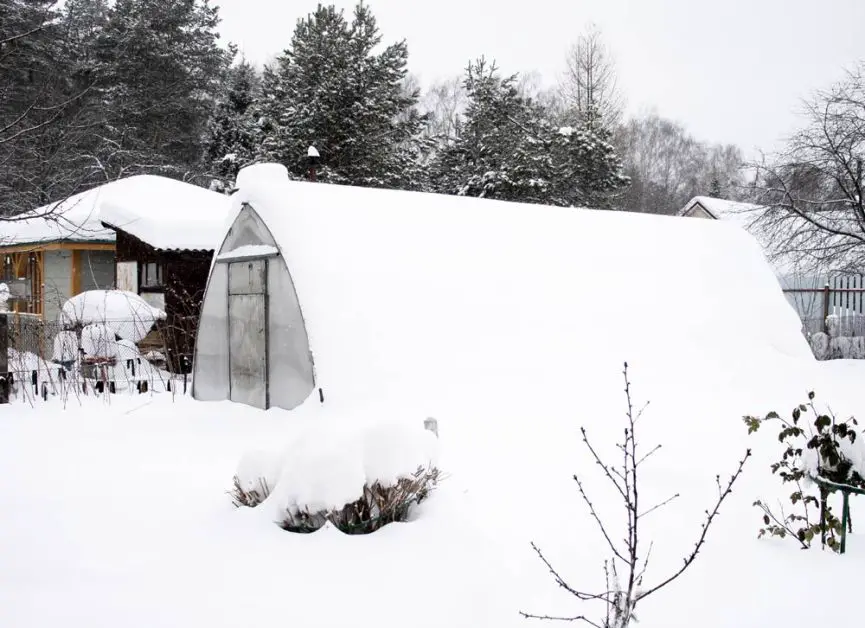
Especially in times of energy inflation and greenhouse gas limitations, cold greenhouses are preferred. This greenhouse must be equipped with ventilation systems, essential to avoid confinement.
- How to properly install and choose a garden greenhouse?
- Knowing the different types of plants to grow in a greenhouse
If the choice of greenhouse type is important, its location is equally important. Indeed, a well-exposed cold greenhouse can accumulate heat in the winter.
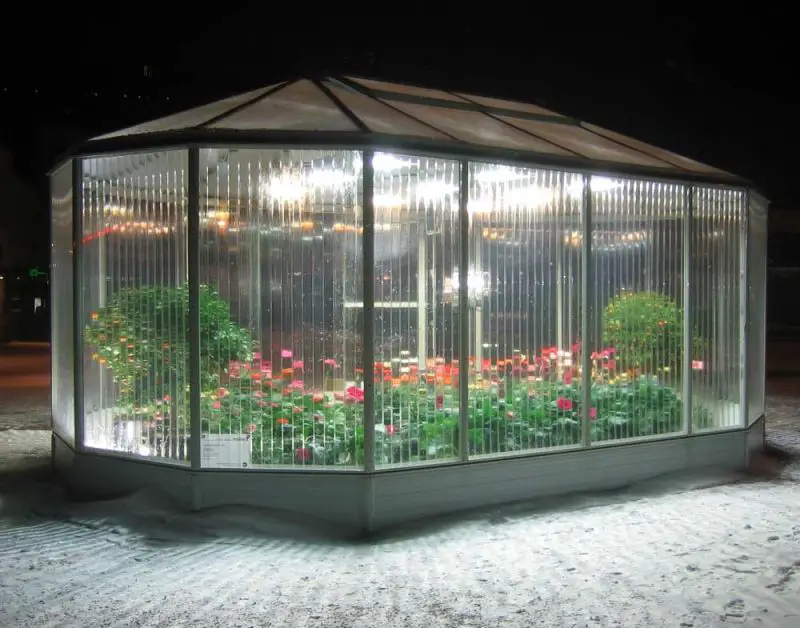
Depending on the climatic zone where you live, the greenhouse should be oriented differently. In the South, it is recommended to orient it north-south. And elsewhere, an east-west orientation is preferable. With the door to the east. Therefore, one of the lengths of the greenhouse will face south to take advantage of the sunlight.
If you have the opportunity, also consider greenhouses attached to the house that benefit from thermal inertia of the facades.
- The advantages of winter greenhouse gardening!
- The 10 plants to grow in a greenhouse
How to prepare and insulate a greenhouse to retain heat in the winter?
In the winter, inside an unheated greenhouse, it can occasionally freeze. And the consequences can be serious for the overwintered plants. The goal is therefore to capture as much heat as possible and, above all, to retain it inside. For this, several tips can be implemented:
- Clean the interior and exterior walls of your greenhouse with soapy water and rinse with clear water to promote the penetration of light and the slightest winter sunlight. Do this in late autumn.
- Install pallets on the floor, covered with polystyrene, to insulate potted plants from the cold. It is also possible to set up shelves or growing tables on which the plants will be placed. The pots of the most frost-sensitive plants can be placed in boxes filled with newspaper or straw. A winter veil on the leafy part of the plants can gain a few degrees.
- Carefully check the waterproofing of your greenhouse. The slightest draft can drastically lower the interior temperature.
- Place bubble wrap or polyethylene sheeting on the interior walls of your greenhouse using double-sided tape. To enhance insulation, it is also possible to place polystyrene panels on the north-facing side of your greenhouse.
What if you heated your greenhouse without spending anything?
With climate change and its consequences, forget about gas or electric heating… It is better to prioritize ecological and therefore economical solutions.
Thus, it is possible to slightly increase the temperature, especially at night, by playing with the principle of thermal mass.
Some materials such as terracotta, stone, brick… absorb heat during the day and release it at night. Just line the floor with these materials.
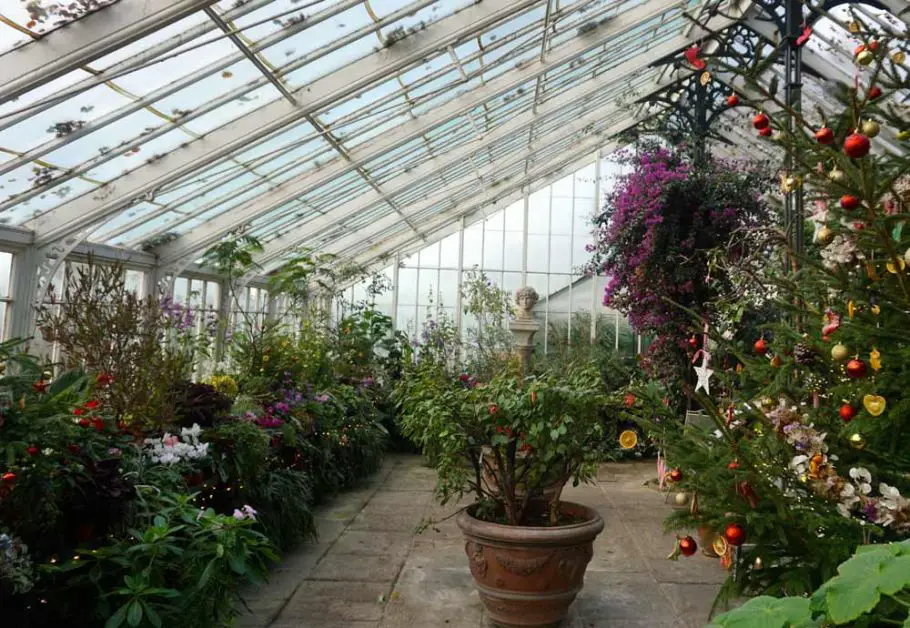
The principle is the same with a container filled with boiling water placed in the middle of the greenhouse in the evening. It will release its heat throughout the night.
An alternative is to install a compost bin in your greenhouse throughout the winter. Indeed, as it decomposes, organic waste generates heat that can prevent the surrounding plants from freezing.
However, it is important to thoroughly mix the compost, balance it with dry and wet materials, and ventilate the greenhouse during the day due to carbon dioxide emissions.
So, these solutions are not miraculous, especially in case of severe frost, but they can help gain a few degrees.
- Build a mini-greenhouse or a garden frame
- Have tomatoes all year round with greenhouse gardening
